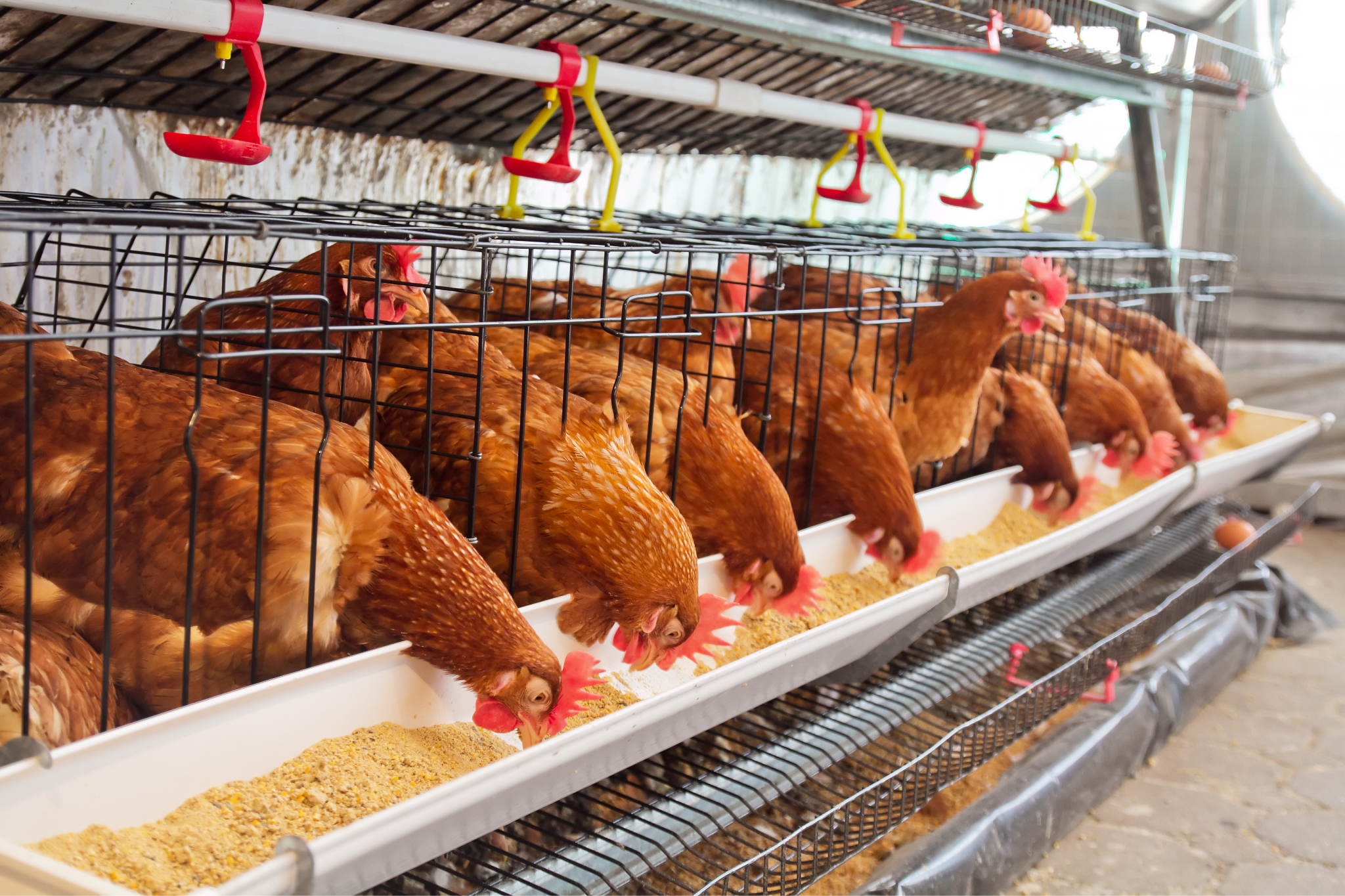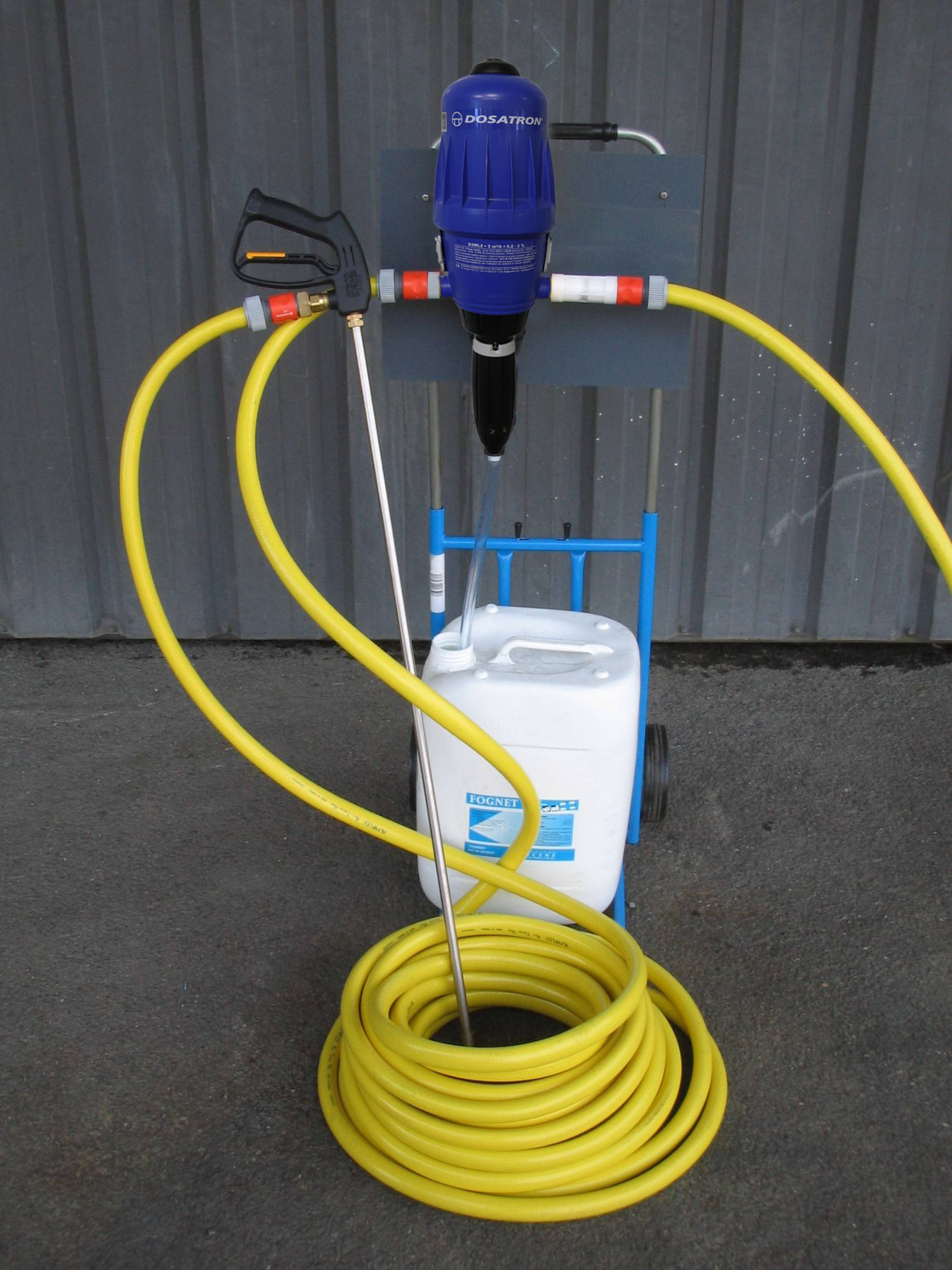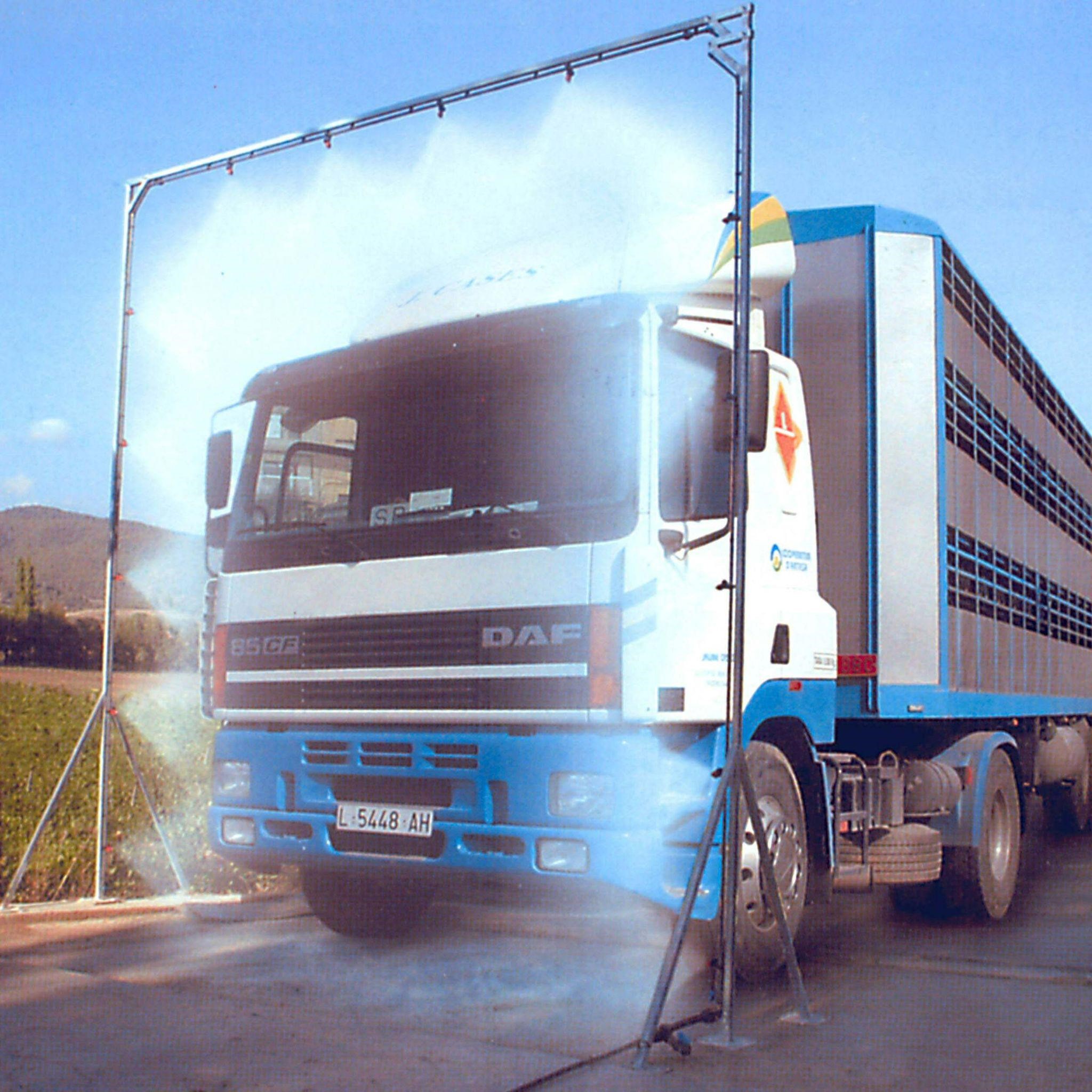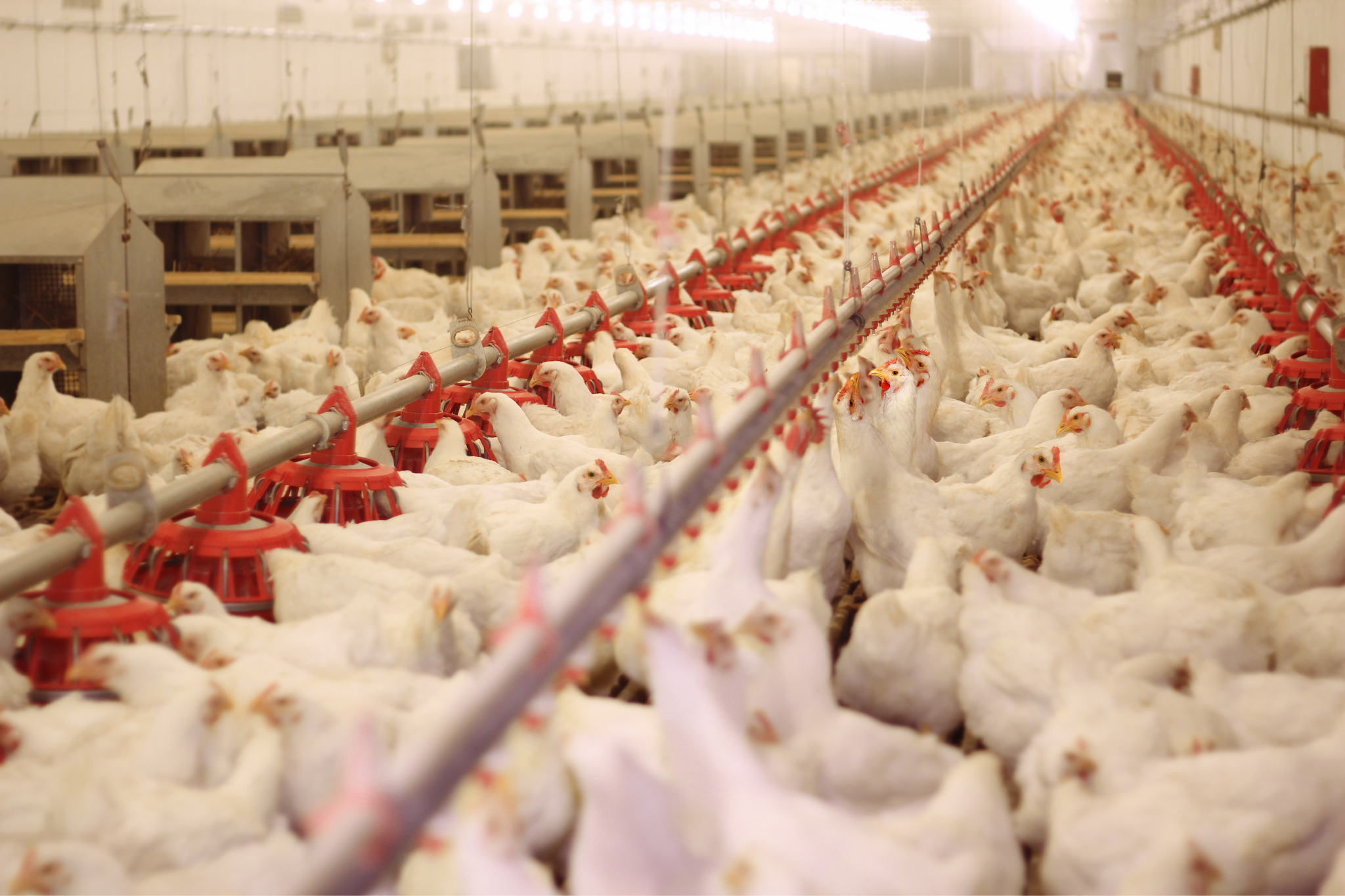Choose a different country or region to see the content specific to your location
Select Your Country/Region
Current Region:
 Global (EN)
Global (EN)
The recent outbreak of Highly Pathogenic Avian Influenza (HPAI) H5N1 in the United States has raised concerns about the spread of bird flu viruses and public health risks. Typically, bird flu outbreaks happen in the winter. But the recent spread of HPAI H5N1 from wild birds to poultry and then to dairy cows is a worrying change.
While the Centers for Disease Control and Prevention (CDC) considers the current risk to humans low, the ongoing spread demands a multi-pronged approach to control the outbreak.

H5N1 is a subtype of the influenza A virus that primarily infects birds. Wild aquatic birds naturally carry the H5N1 virus without getting sick, acting as silent carriers. They spread the virus through their droppings or by coming into contact with other birds or contaminated surfaces. The HPAI designation indicates the virus is highly pathogenic in birds, causing severe illness and death.
The H5N1 outbreak has had a devastating impact on poultry farms across the United States. Infected flocks experience high mortality rates, leading to significant economic losses for farmers. In addition, the outbreak has disrupted the poultry supply chain, leading to shortages and price increases for consumers.
The economic impact of H5N1 outbreaks extends far beyond the farm level. The U.S. poultry industry is an economic powerhouse, generating billions in revenue and employing millions of Americans. When an outbreak occurs, it can have a ripple effect throughout the entire industry, affecting everything from feed suppliers to egg processors to grocery stores.
The seemingly cryptic H5N1 code actually tells us a key part of the virus's structure.
Here's what it means:
H: This represents the Hemagglutinin protein on the surface of the virus. With 18 different Hemagglutinin types (H1 through H18), hemagglutinin helps the virus attach to host cells, allowing it to infect them.
N: This represents the Neuraminidase protein on the surface of the virus. With 11 different Neuraminidase types (N1 through N11), neuraminidase helps the newly formed viruses escape infected cells and spread further.
Different combinations of Hemagglutinin and Neuraminidase proteins create various influenza subtypes. H5N1 is just one specific combination, and it happens to be highly pathogenic in birds.

Influenza A viruses, including H5N1, are notorious for their ability to mutate. These mutations can sometimes lead to the emergence of new variants with altered characteristics.
Here's what this means in the context of H5N1:
Mutations can affect pathogenicity: Mutations might make the virus more or less transmissible or virulent (causing severe illness) in birds.
Cross-species transmission: A particularly concerning mutation could potentially allow the virus to jump from birds to mammals, including humans, more easily.
While the current H5N1 strain poses a low risk to humans, scientists closely monitor these mutations to identify and mitigate any potential threats and human cases.
While the primary concern with H5N1 is its impact on birds, there is always the possibility that the virus could mutate and become more easily transmissible to humans. The CDC and other health organizations are constantly monitoring the situation and working to develop plans to mitigate the risk of a human pandemic.

Early detection of H5N1 in poultry flocks is crucial for containing the outbreak. Farmers should be vigilant for signs of illness in their birds, such as decreased egg production, coughing, sneezing, and sudden death. If you suspect H5N1, immediately report it to veterinary authorities.
A rapid response involves implementing strict biosecurity measures, quarantining the infected flock, and humanely culling affected birds. These measures aim to prevent the further spread of the virus and protect both poultry and human health.
If you suspect your birds may have H5N1, take immediate action. Here are the steps you should take:
While there's no single solution to halt the spread of H5N1, Dosatron metering pumps can be a valuable tool in a comprehensive biosecurity strategy for poultry farms. Their key strength lies in their ability to precisely and consistently dilute disinfectants.
Integrate Dosatron pumps into your biosecurity measures in the following ways:


The effectiveness of disinfectants depends on proper dilution. If disinfectants are too diluted, they may not kill the virus. If they are too concentrated, they can be harmful to animals and humans, and corrosive to equipment. Dosatron pumps ensure that disinfectants are always mixed to the correct concentration, maximizing their effectiveness and safety.
Disinfectants work by disrupting the structure of viruses and bacteria, rendering them harmless. Different types of disinfectants work in different ways. For example, chlorine dioxide oxidizes the cell walls of microorganisms, while quaternary ammonium compounds disrupt the cell membranes.
Dosatron pumps are compatible with a wide range of disinfectants, including chlorine dioxide, quaternary ammonium compounds, peracetic acid, and hydrogen peroxide. The choice of disinfectant will depend on the specific application and the level of disinfection required.
Dosatron pumps offer versatile applications beyond disinfecting vehicles, footbaths, and poultry houses, including:
While disinfection is a critical component of biosecurity, Dosatron pumps can also play a role in other aspects of poultry health. Accurately delivering medications and supplements to drinking water, ensuring precise dosages for birds. This can help to prevent and treat diseases, improve growth rates, and enhance overall flock health.
While vaccination is not a silver bullet, it can be an important tool in controlling the spread of H5N1. Vaccines can reduce the severity of illness and the risk of death in infected birds. They can also help to reduce the amount of virus shed by infected birds, making it less likely that the virus will spread to other flocks.
Dosatron metering pumps are a valuable tool for poultry farmers to help prevent the spread of H5N1 and protect their birds.

To effectively slow the spread of H5N1, a comprehensive biosecurity strategy is necessary. This may include:
Even though the chance of people getting H5N1 is low right now, health officials are still keeping a close eye on it. Rest assured, consuming milk and dairy products from healthy cows poses no risk of contracting the H5N1 virus.
Dosatron metering pumps can be a valuable tool for biosecurity by ensuring proper dilution and application of disinfectants in vehicle disinfection systems. However, they are one piece of the puzzle. We can protect birds and people from H5N1 by using good biosecurity practices and following public health guidelines.
The Highly Pathogenic Avian Influenza (HPAI) H5N1 outbreak impacting the US has reached Minnesota. Here's a summary of the situation:
H5N1 is a subtype of influenza A virus highly pathogenic in birds, causing severe illness and death. Wild aquatic birds are natural carriers, spreading the virus through droppings and contact.
The Minnesota Board of Animal Health confirmed H5N1 cases in:
In June 2024, there was a confirmed case in a Benton County dairy herd, raising additional concerns.
The Minnesota Department of Agriculture and the Board of Animal Health are actively working to contain the outbreak. Measures include quarantine zones, movement restrictions for poultry, and depopulation of infected flocks. Health officials consider the risk to human health low.
Report sick or dead birds: Contact the Minnesota Avian Influenza Hotline at 1-833-454-0156 or your local DNR wildlife staff. Prevent the spread of the virus to your poultry flock by practicing good biosecurity. This includes using dedicated footwear, disinfecting equipment, and minimizing contact with wild birds.
Check the Minnesota Department of Agriculture and the Board of Animal Health websites for updates on the H5N1 situation.